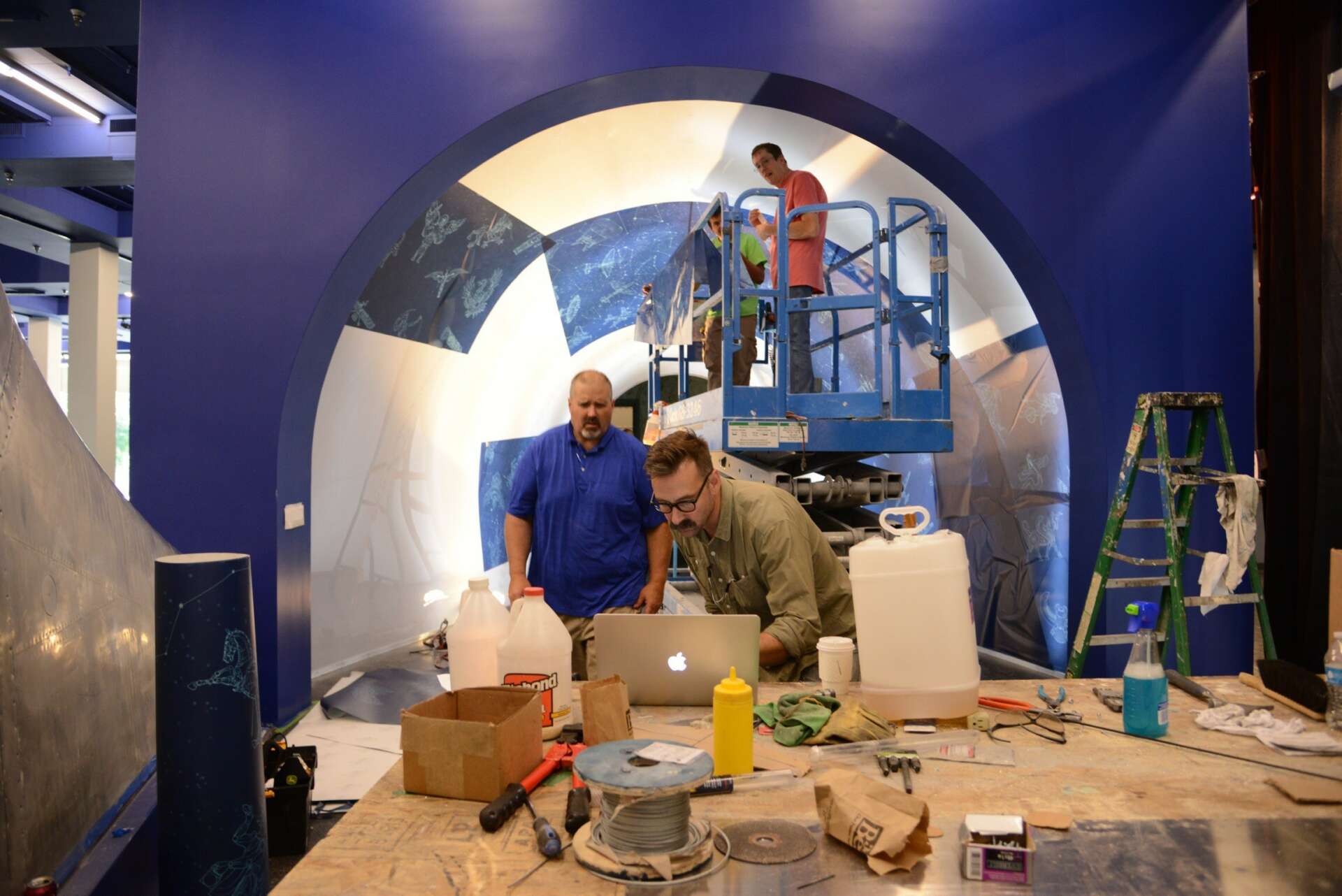We recently connected with MARK HOFELING and have shared our conversation below.
MARK, thanks for joining us, excited to have you contributing your stories and insights. Let’s kick things off with your mission – what is it and what’s the story behind why it’s your mission?
Like most freelancers, my mission is to keep working and express my joy through my work. These past few years in the film business have been bumpy for so many of us, with the pandemic and lockdowns throwing our industry into a tailspin and then the WGA and SAG strikes, which lasted quite a bit longer than any of us had hoped. But the industry is finding its feet again, and more and more people are back to doing what they love. So now I’m excited to be fulfilling my mission of creating engaging, hopefully beautiful, creative visuals for a public very much in need of them.


MARK, love having you share your insights with us. Before we ask you more questions, maybe you can take a moment to introduce yourself to our readers who might have missed our earlier conversations?
I am a motion picture Production Designer, the architect, and the chief word-builder of any film or TV project. Everything you see on screen that isn’t alive has passed through my hand or my filter. Creating these realities and un-realities is a childhood dream, first realized in Salt Lake City’s Centre Theater on May 25th, 1977; when I saw the movie I knew that George Lucas had made just for me. My dreams became a reality in the strangest way, propelled into the film business on the piles of junk my hoarder family accumulated next to the freeway in Salt Lake. An art director needed it for a set, and in exchange for a few truckloads, I got a career and a life I had only dreamt of. Although technically freelance, I’ve made 26 movies for Disney, including the wildly successful High School Musical, the Z-O-M-B-I-E-S trio of films, and the Descendants trio of films, among many other projects. The job of Production Designer sits in the center of the high-compression world of film production where creative and technical, blue-collar and white-collar, and art and commerce meet. As a poor student in school, I was marked down for my endless doodling and daydreaming. Now I make a good living doodling and daydreaming and sharing those dreams with 100s of millions of people. While careful planning is the foundation of any successful film project, it has millions of moving pieces, and a good portion of any Production Designer’s day is spent on creative problem-solving, usually in a hurry and often with major sums of money on the line. Film is the most expensive art form in the world, and time is literally money.


For you, what’s the most rewarding aspect of being a creative?
For the eight-year-old boy that still inhabits my creative heart, the one who saw Star Wars Ep# IV on opening day and decided he had to go through that Looking Glass, it’s a tiered sense of reward I get. The first is when I see my pencil sketch and jotted notes come to life in 3 dimensions in front of me, with each creative and technical colleague breathing a little more life and color into the dream. The second tier is to have my boss, the director, walk into the space that they believed in me enough to let me create and feel their own dream that much closer to becoming our shared reality. And lastly, it’s to see the response of an audience to the moment my lifetime of doodling has allowed me to share with them. I have many bosses 0 the director, producers, studios, etc. – but my real boss is that end user, the person in that theater seat or watching at home. As long as I’ve made them happy, that’s reward enough.


Are there any resources you wish you knew about earlier in your creative journey?
Because my journey to my position was an unconventional one, I didn’t go through the same processes many budding designers did. In hindsight, if someone 20 or 25 years ago had explained to me that, as much as anything else, design for film is a sales job, it could have saved me a lot of heartache and banging my head against the wall. Ironically, it was my mentor and master storyteller, Kenny Ortega, who taught me that. I don’t know how many times I’ve seen him walk into a room with skeptical studios or disinterested moneymen and have them eating out of his hand 15 minutes later. Always keep in mind that non-creative people will never see your vision if you don’t show it to them if you don’t bring them into the story somehow. Once they’re on board, whether a client an investor, a partner, whatever, the sky’s the limit. Design is a collaborative endeavor; respect your teammates enough to show them the dream.


Contact Info:
- Website: [email protected]
Image Credits
John Malmborg


